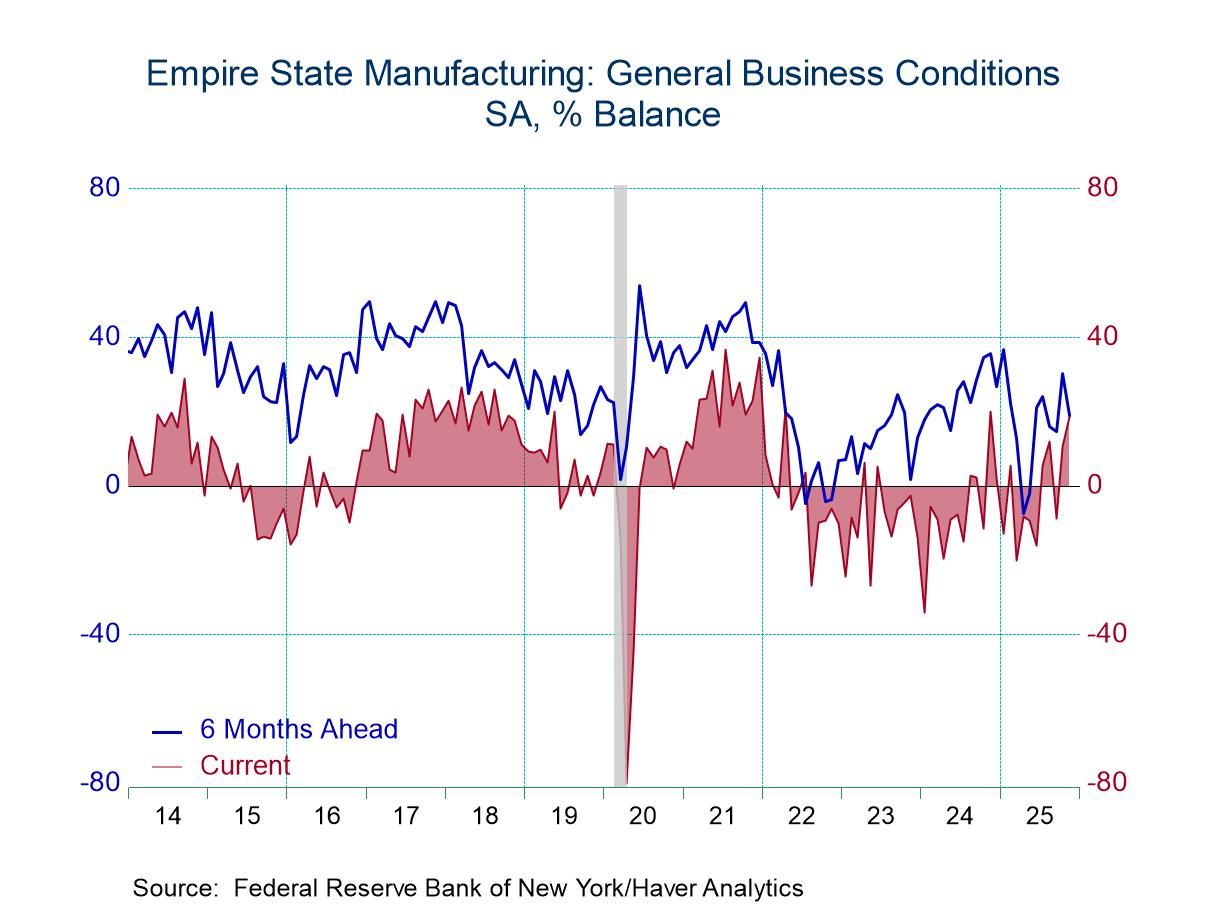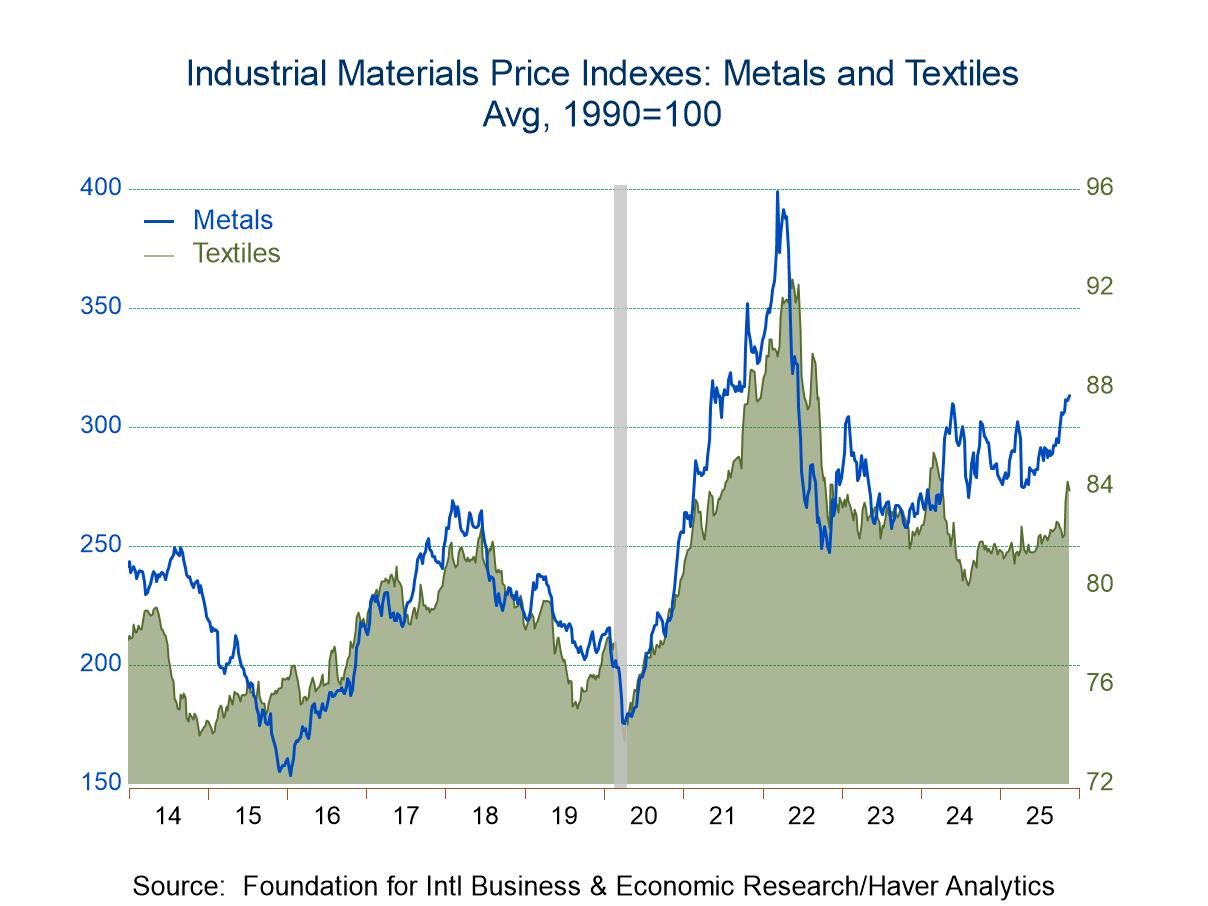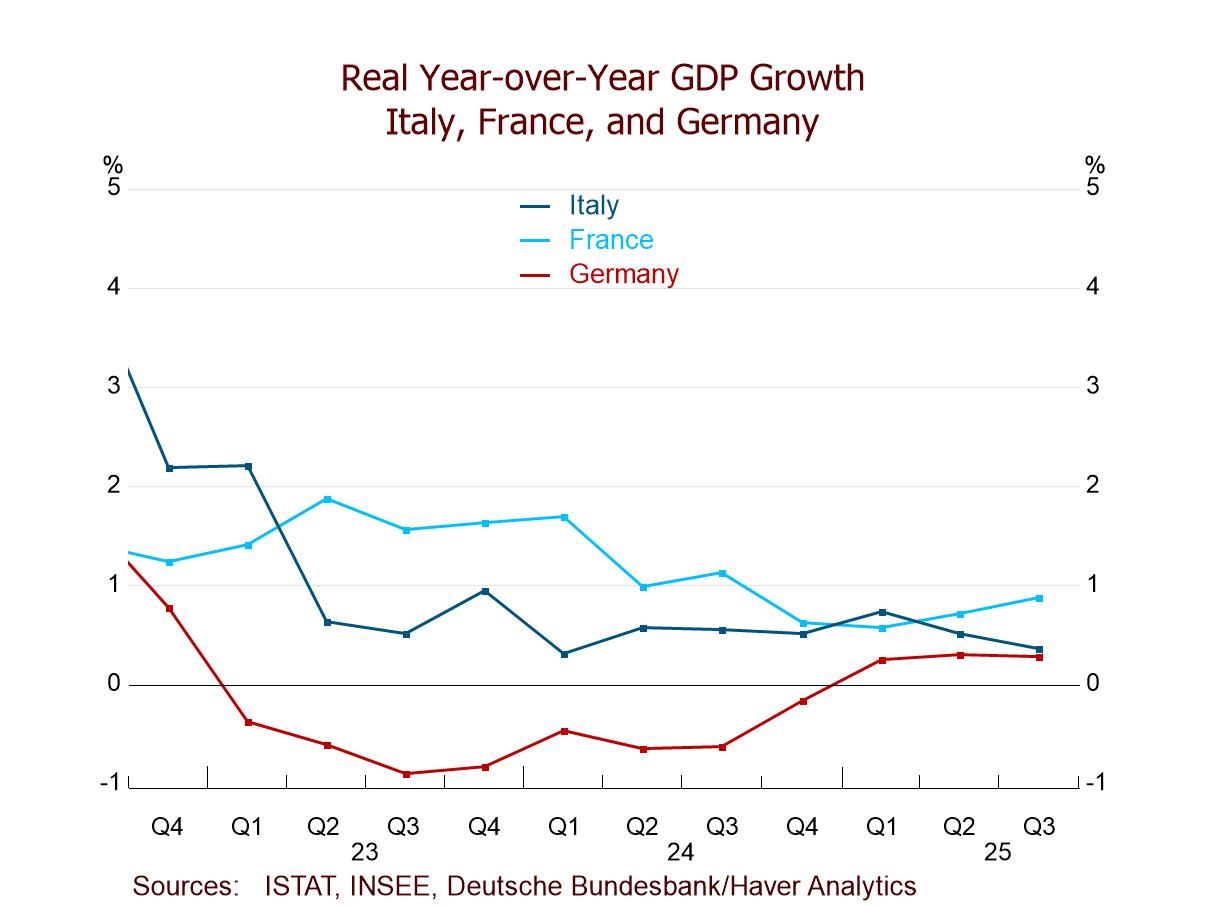U.S. Wholesale Inventory Growth Slows During July
by:Tom Moeller
|in:Economy in Brief
Summary
- Inventories of nondurable goods slip.
- Wholesale sales decline, led by petroleum.
- Inventory-to-sales ratio continues upward trend.


Wholesale inventories rose 0.6% (25.1% y/y) in July following a 1.8% June gain. The latest rise compared to a 0.8% rise in the advance estimate issued last month. Monthly increases had exceeded 1.0% in most months since early last year. The Informa Global Markets Survey expected a rise of 0.8% in July.
Durable goods inventories rose 1.0% (26.8% y/y) in July following a 2.2% June gain. Motor vehicle & parts inventories rose 1.7% (24.2% y/y). Furniture & home furnishings inventories edged 0.1% higher (45.7% y/y) while professional equipment stockpiles rose 1.1% (20.4% y/y). Inventories of metals & minerals excluding petroleum rose 0.6% in July (31.3% y/y). Electrical equipment inventories increased 0.8% (36.0% y/y), while machinery inventories gained 1.8% (19.6% y/y).
In the nondurable goods sector, inventories eased 0.1% in July (+22.5% y/y) following a 1.2% rise in June. Petroleum & petroleum products inventories declined 2.1% (+22.1% y/y) but apparel inventories strengthened 5.2% (72.2% y/y). Chemical inventories rose 2.2% (26.3% y/y) and grocery product inventories improved 0.3% (24.3% y/y).
Wholesale sales declined 1.4% (+15.3% y/y) in July following a 1.6% June rise. The Action Economics Forecast Survey expected a 0.7% rise. Durable goods sales rose 0.6% (11.1% y/y), the same as in June. Motor vehicle & parts sales rose 0.1% (5.6% y/y) while furniture & home furnishings sales eased 0.3% (+7.5% y/y). Sales of machinery rose 0.3% (11.6% y/y) while electrical machinery sales in July surged 2.6% (16.3% y/y).
Sales of nondurable goods weakened 3.2% (+19.3% y/y) during July after rising 2.4% in June. The weakness was led by a 9.1% decline (+39.4% y/y) in petroleum sales. Apparel sales also fell 2.4% (+0.8% y/y) but chemical sales rose 1.2% (25.8% y/y). Grocery sales improved 0.3% (+12.1% y/y) in July.
The inventory-to-sales (I/S) ratio surged to 1.29 in July from 1.26 in June, up from its July 2021 low of 1.19. It was the highest ratio since December 2020. The durable goods I/S ratio edged higher to 1.69 in July from 1.68 in June, and compared to a low of 1.48 last July. The I/S ratio for nondurable goods rose to 0.95, the highest level since June of last year.
The wholesale trade figures are available in Haver's USECON database. The expectations figure for inventories is contained in the MMSAMER database. Expectations for sales are in the AS1REPNA database.


Tom Moeller
AuthorMore in Author Profile »Prior to joining Haver Analytics in 2000, Mr. Moeller worked as the Economist at Chancellor Capital Management from 1985 to 1999. There, he developed comprehensive economic forecasts and interpreted economic data for equity and fixed income portfolio managers. Also at Chancellor, Mr. Moeller worked as an equity analyst and was responsible for researching and rating companies in the economically sensitive automobile and housing industries for investment in Chancellor’s equity portfolio. Prior to joining Chancellor, Mr. Moeller was an Economist at Citibank from 1979 to 1984. He also analyzed pricing behavior in the metals industry for the Council on Wage and Price Stability in Washington, D.C. In 1999, Mr. Moeller received the award for most accurate forecast from the Forecasters' Club of New York. From 1990 to 1992 he was President of the New York Association for Business Economists. Mr. Moeller earned an M.B.A. in Finance from Fordham University, where he graduated in 1987. He holds a Bachelor of Arts in Economics from George Washington University.







 Global
Global